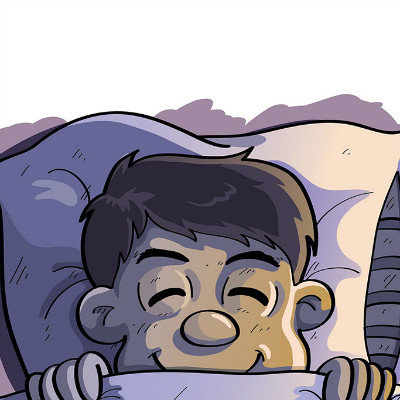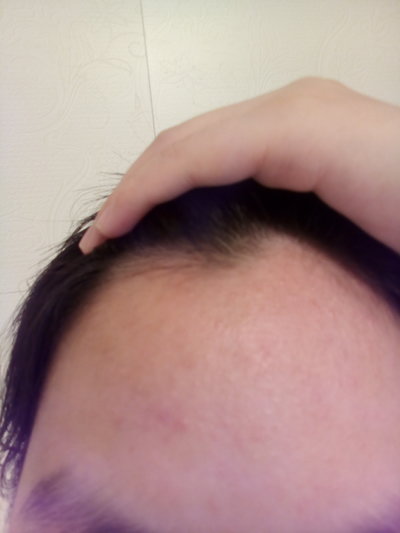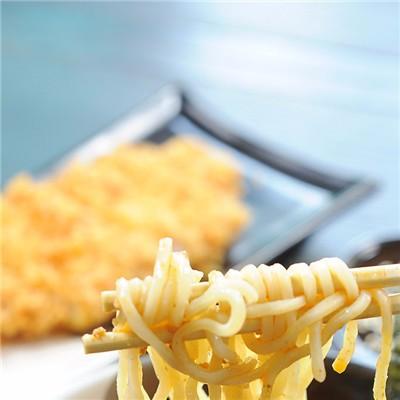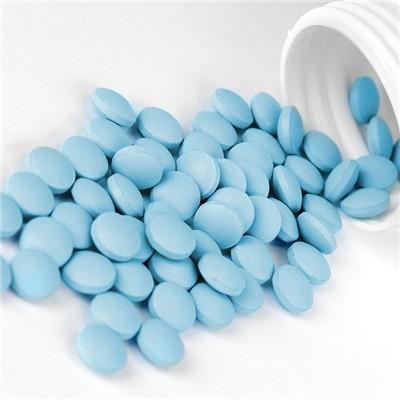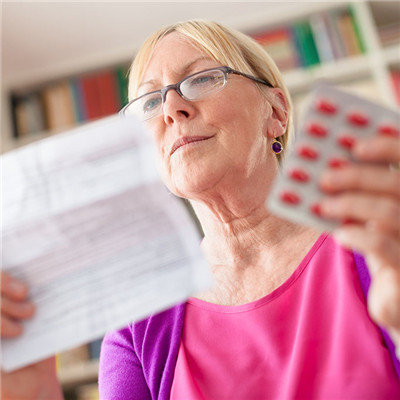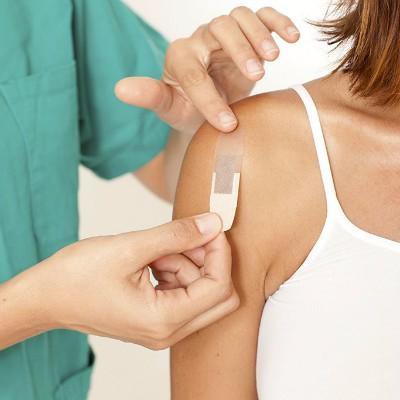How is sinusitis symptom treated?
summary
Every time I have a cold, I have sinusitis. A lot of snot. Wipe a roll of toilet paper a day. My nose is all scratched. Blowing my nose gives me a headache. I dare not suck it in. Sinusitis is a disease that many people know. Once suffering from it, it will bring great harm to patients. Therefore, patients should pay attention to the appearance of this disease, so they should be treated in time. Sinusitis is a stubborn disease, which will have a great impact on the life of patients. So how to treat the symptoms of sinusitis, now let's share with you.
How is sinusitis symptom treated?
Acute sinusitis often occurs in the cold after nasal obstruction, purulent nasal mucus increase, olfactory decline and headache. In the anterior group, the nasal sinuses (maxillary sinus, frontal sinus and anterior ethmoid sinus) were inflamed and the headache was located in the forehead; In the posterior group, the nasal sinuses (posterior ethmoid sinus and sphenoid sinus) were inflamed with headache at the top of the head or posterior occipital region. For example, frontal sinus inflammations tend to have a headache in the forehead shortly after getting up in the morning, and gradually worsen, and then reduce in the afternoon. Patients with acute sinusitis may have fever and general discomfort. Nasal endoscopy or nasal endoscopy showed congestion and swelling of nasal mucosa, purulent secretions in the middle nasal meatus or olfactory fissure, tenderness in the corresponding nasal sinuses, and X-ray examination of nasal sinuses was helpful for diagnosis. It can be treated by systemic application of antibiotics and sulfanilamide, intranasal instillation of vasoconstrictor, physiotherapy and traditional Chinese medicine. The patients with abscess in maxillary sinus can be punctured to flush out the pus and inject anti-inflammatory drugs.

Chronic sinusitis nasal symptoms like acute sinusitis, but no systemic symptoms, long course of disease, can have a headache, also can not have a headache. Nasal examination showed purulent secretions in the middle nasal meatus or olfactory fissure, thickening or polypoid changes of the mucosa of middle turbinate and middle nasal meatus, and X-ray examination of paranasal sinuses was very helpful for the diagnosis. Intranasal instillation of vasoconstrictors is beneficial to the ventilation and drainage of nasal sinuses, and can also be combined with oral Chinese medicine. The patients with multiple sinusitis can be treated with the replacement of negative pressure, and the patients with suppurative maxillary sinusitis can be treated with the puncture of maxillary sinus. For those with mechanical obstruction factors such as nasal polyps, hypertrophy of middle turbinate, bending of nasal septum and hypertrophy of adenoids, it is difficult to cure the inflammation due to obstruction of ventilation and drainage of nasal sinuses. Surgical treatment can be used, such as nasal polypectomy, middle turbinectomy, correction of nasal septum and adenoidectomy. Severe chronic sinusitis that is difficult to cure can be treated by sinus surgery.

On the clinical effective treatment of sinusitis, experts say that the main symptom of sinusitis is not ventilation, so the treatment of sinusitis to use the Ministry of membrane contraction agent, such as 1% ephedrine or diaobijing, with 0.15% berberine or 0.5% chloramphenicol liquid point nasal anti-inflammatory, daily point times to maintain ventilation as the standard. If ventilation cannot be maintained after medication, surgical treatment such as turbinectomy or electrocautery is needed. Sinusitis is suppurative inflammation in the paranasal sinuses, mainly with purulent nose and headache. In addition to nasal membrane contraction agent, antibiotics should also be used to eliminate the bacterial infection in the paranasal sinuses, or maxillary sinus puncture, and radical surgery should be performed when necessary. In the radical operation of paranasal sinuses, functional endoscopic sinus surgery, because of the good lighting of the endoscope, can completely remove the lesions, and as far as possible to retain the normal mucosa and structure of the nasal cavity and paranasal sinuses, to form a good ventilation and drainage. Nowadays, minimally invasive endoscopic technique without surgery has been widely used in clinic.

matters needing attention
Pay attention to blowing your nose. If you have a stuffy nose and a lot of snot, you should press one side of the nostril and blow with a little force. After that, I blow it alternately. When the nasal mucus is too thick, wash the nose with saline to avoid damaging the nasal mucosa.

